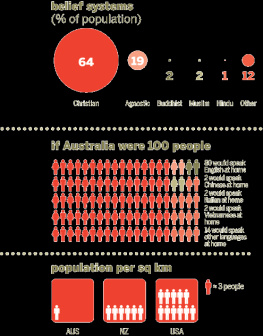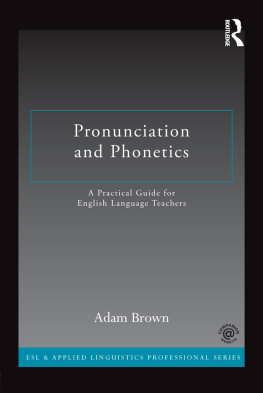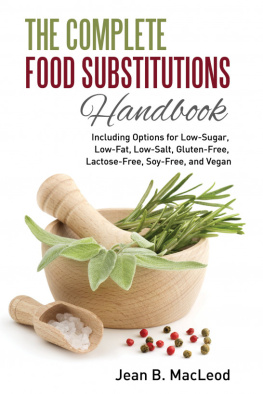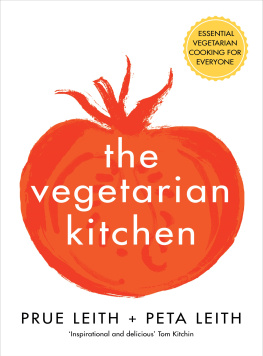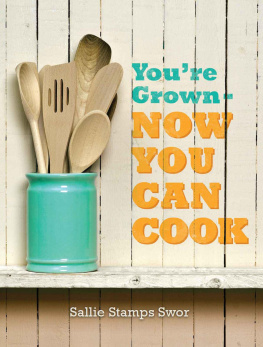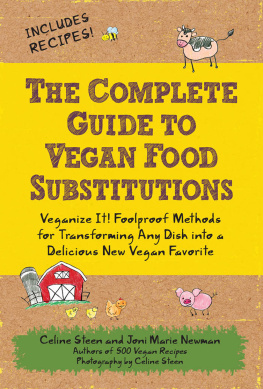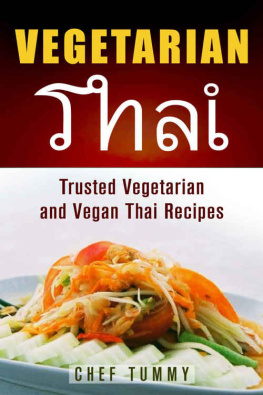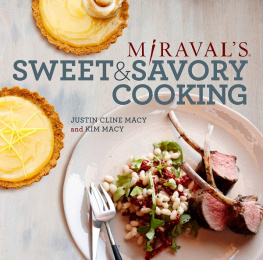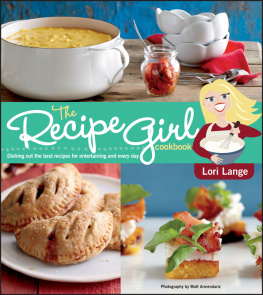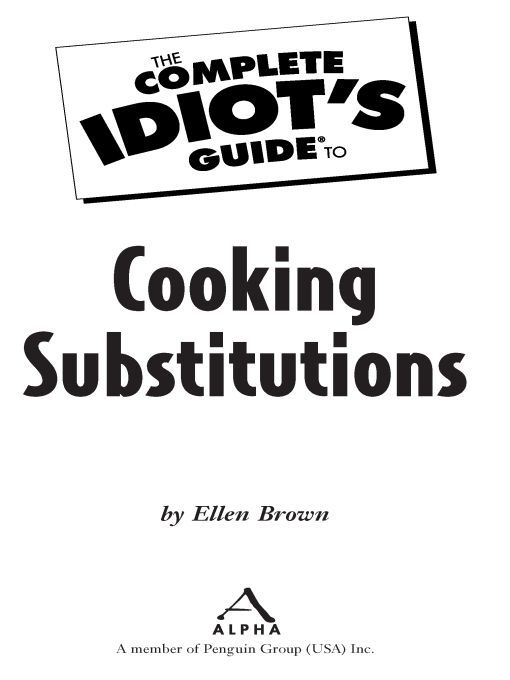Table of Contents
This book is dedicated to my beloved Ilan and Mira Dubler-Furman, and any siblings they have by now or in the future.
Introduction
No clich has ever been as true as necessity is the mother of invention. Imagine standing in the kitchen at midnight, ready to add brown sugar to your cookie dough only to discover that the box is empty! Thats not really a problem, as long as you have granulated sugar and molasses in the pantry. Or maybe your supermarket only has rock-hard mangoes, and you want to make a mango dessert for dinner. Youre all set if you can find a good-looking papaya in the produce department.
Cooking isnt brain surgery, and recipes are very tolerant to changes in foodstuffsyou might even find that you like the results even better when made with the substitution! Baking is both an art and a science, but general cooking is open to endless variations, all of which can lead to successful results.
This book has been more than 30 years in the making, and Im thrilled to be sharing with you the numerous tidbits Ive learned in the kitchen and at the supermarket during the past decades. Ive consulted myriad sources as I compiled the entries youll find here, but many times it was to affirm substitution decisions Ive been making successfullyfor years based on a combination of instinct and experience.
When I began cooking seriously in the early 1970s, I was a buddingjournalist at The Cincinnati Enquirer. At that time, you couldnt find a fresh snow pea in the city, let alone a complex herb blend like herbes de Provence. So I began to experiment and discovered that a julienneof green beans gave my Chinese stir-fries the same crunch and color as snow peas, and that by blending about a dozen herbs I could replicate the sunny flavors of the Provenale mixture.
Some of my experimentation springs from travel to parts of the world where cuisines are based on ingredients we cant find here. Professional cooks develop palate memory in the same way music critics develop aural memory; we compare and contrast one experience with another. I would keep the memory of a flavor, color, or texture with me when I returned home and then replicate a dish using what I could find locally.
There are numerous ways in which this book will make your life in the kitchen easier and more pleasant. Lets say youre midway through a recipe and realize that youre out of a key ingredient. No problem. Just flip to the alphabetical entry for what youre out of and youll find an alternative or instructions on how to create one from foods you do have on hand.
Ive noted the salient features of each ingredient to set up a standardfrom which the substitution is made. For example, because what defines mahi mahi is not only its dense, firm, off-white flesh but also its sweet flavor, Ive looked at other aquatic species carefully before suggestingswordfish or halibut as the best meaty fish alternatives.
At other times, you might have perishable ingredients on hand and want to use them up. You can use this book as a check to ensure that the substitution youre about to make will work.
How to Use This Book
Ive listed literally thousands of foods in the following pages, but not all have an individual listing. Many foods fall into families, such as dried pasta shapes or cheeses. I give these families in-depth treatment all together, and youll see a cornucopia of substitutions in easy-to-follow tables. This is especially important for groups such as various wines specified in recipes. Theres no reason to buy a Pinot Noir when any one of two dozen red wines will do, not to mention just a generic red table wine! So in the listings youll find this:
Pinot Noir (pee-noh nwahr) See wine, red.
Or:
fontina (fon-TEE-nah) See cheese.
And to help you sound like a kitchen pro at your next party, I include pronunciations for many of the listings throughout. They are given in parentheses directly after the main listing.
Following the A to Z dictionary, youll find three appendixes to further help make life easier. From tips on improvising kitchen equipmentto metric conversions to yield and volume comparisons, youll find a wealth of information at the back of the book.
Extras
Throughout the A to Z section, youll find boxes that give you extra informationhelpful for building knowledge of ingredients.
Toque Tips
You dont have to wear a tall white chefs hat (called a toque) to learn the tricks of this trade! Toque Tips boxes are full of cooking tips. Most are specific to the entry they accompany; others boost your general cooking skills or give you ideas for food presentation.
Food Foibles
Its always a good idea to be alerted to potential problems in dvance. Food Foibles boxes provide warnings on ingredient selection or tip you off to storage or preparation problems.
Sub-Text
Cooking has a language all its own, and some of the terms can be intimidating if you dont know what they mean. Look to these boxes for definitions.
Acknowledgments
Writing a book is a solitary endeavor, but its publication is always a team effort. My thanks go to
Michele Wells of Alpha Books for needing a substitute for brown sugar, which spawned this idea. Ed Claflin, my agent, for his constant support and great humor. Christy Wagner, Tricia Liebig, and Linda Bilderback for their eagle-eyed editing. My many friends who willinglydonated ideas from their cooking experiences, including Suzanne Cavedon, Janet Morell, Nancy Dubler, Nick Brown, and Kenn Speiser. Tigger-Cat Brown and Patches-Kitten Brown, for many hours of furry, purring support.
Special Thanks to the Technical Reviewer
The Complete Idiots Guide to Cooking Substitutions was reviewed by an expert who double-checked the accuracy of what youll learn here, to help us ensure that this book gives you everything you need to know about making great substitutions while youre cooking. Special thanks are extended to Leslie Bilderback.
Trademarks
All terms mentioned in this book that are known to be or are suspected of being trademarks or service marks have been appropriately capitalized.Alpha Books and Penguin Group (USA) Inc. cannot attest to the accuracy of this information. Use of a term in this book should not be regarded as affecting the validity of any trademark or service mark.
A
abalone The flesh of this prized Pacific Coast mollusk is delicate in flavor. Clam and conch have a similar flavor and texture.
achiote seedSee annatto seed.
acidulated water This really isnt an ingredient; its a method of preventingfoods like apples and artichokes from browning. Its frequently mentioned in recipes as if you should have a jar on the shelf. To substitute,add 3 tablespoons lemon juice or 2 tablespoons white vinegar to 1 quart water. Or crush 2 (500 mg) vitamin C tablets to a powder, and mix with 1 quart water.
acorn squash This deep green squash with deep ridges has bright orange flesh and an innately sweet flavor. Any winter squash can be used interchangeably, especially butternut, Hubbard, or turban. Or substitute canned pumpkin; the texture is creamer but the flavor is similar.





